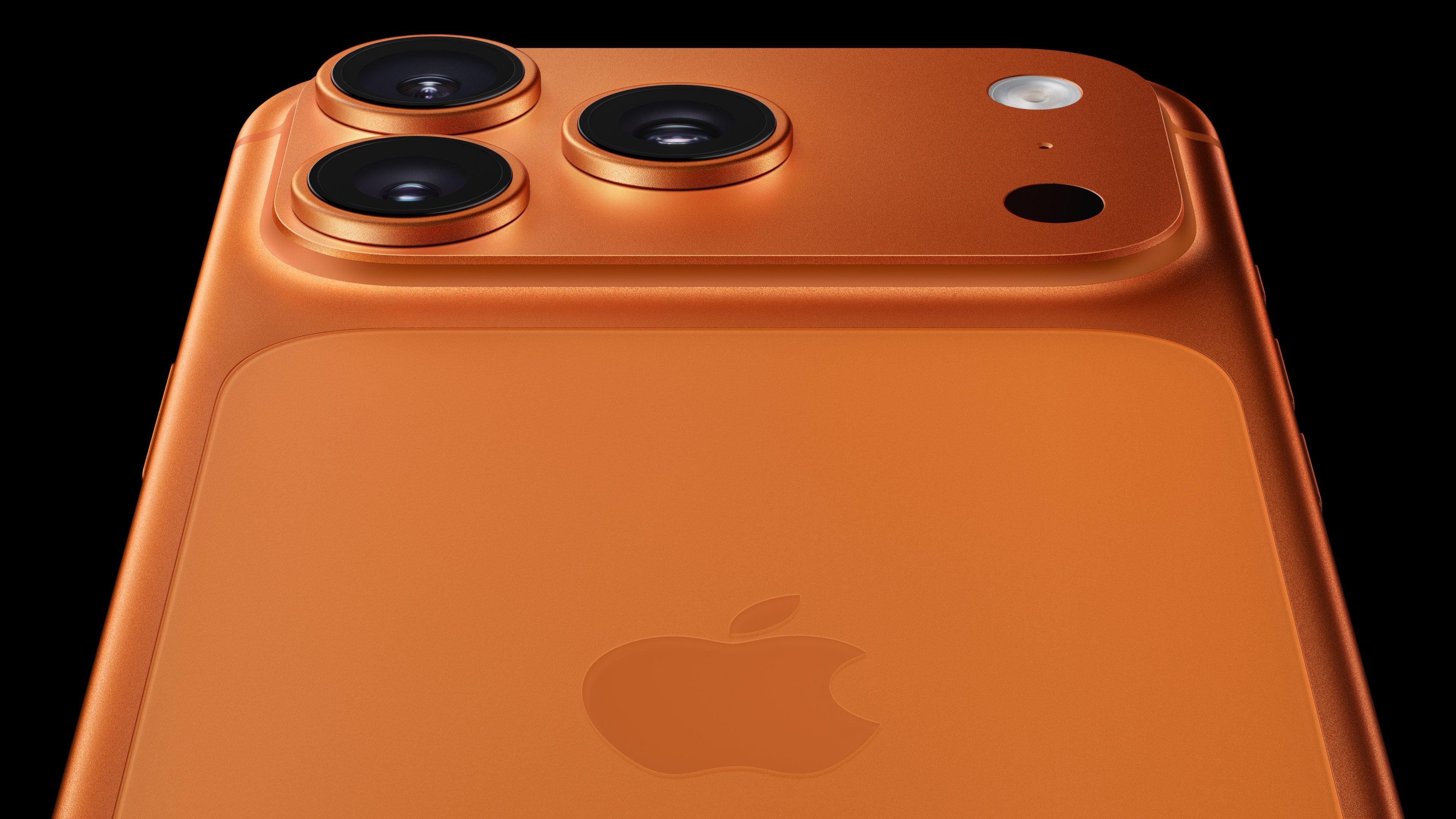At Apple's (AAPL 0.34%) World Wide Developers Conference, the company announced two new iPad Pro models. Among other things, these new tablets included what Apple markets as ProMotion displays.
These displays essentially refresh 120 times per second, up from just 60 times per second on previous iPad displays and current iPhone displays. The faster refresh rate makes for a smoother, and ultimately superior, user experience and should prove an interesting selling point for the new tablets.

Image source: Apple.
I've written in the past that I don't expect this year's new iPhone models -- neither the standard models nor the premium one with an OLED display -- to include this ProMotion technology, though, of course, I'd love to be wrong.
However, I do think there's a very good chance that Apple's 2018 iPhone models -- at the very least, the company's highest-end models to be launched next year -- will have ProMotion technology. Here's why.
The technology should be good to go
In about a year or so, Apple is going to need to upgrade its current iPad Pro tablets. According to analyst Ming-Chi Kuo with KGI Securities, Apple's next iPad Pro tablets will include organic light emitting diode (OLED) displays. These displays are known to offer several advantages over the liquid crystal displays used across Apple's iPhone, iPad, and Mac lineups, such as superior contrast ratios and faster pixel response times.
Apple must include a ProMotion display on its next-generation iPad Pro models -- otherwise, Apple would deliver a generation-over-generation regression in display technology. That means Apple and its display partners need to be ready to ship 10.5- and 12.9-inch ProMotion OLED-based displays in about a year's time -- though, admittedly, Apple's iPad product launch cycles don't appear to be as rigid as its iPhone launch cycles.
If Apple needs to have this technology ready for the coming iPad Pro models -- devices that'll probably launch well before Apple's 2018 iPhone models -- then it wouldn't be a stretch to think that Apple will be ready to deploy the technology on at least some of its next-generation iPhones. Therefore, I think the odds are quite good that one of the key selling points of Apple's highest-end 2018 iPhone will, in fact, be a ProMotion display, and possibly a curved one.
In fact, I could see Apple transitioning its standard iPhone models to slower OLED displays, which would still an improvement over the LCDs they're expected to have this year, while reserving ProMotion for a higher-end model.
Implications for Apple
Investor consensus seems to be that this year's iPhone is poised to trigger a "super cycle," driven by a long-awaited form-factor change and a move to an OLED display.
Apple isn't likely to deliver another radical form-factor change generation over generation, in going from the premium 2017 iPhone to the premium 2018 model, but features such as a ProMotion display -- features that unequivocally enhance the user experience -- could go a long way to keeping customer interest high following the potential iPhone 8 super cycle.






